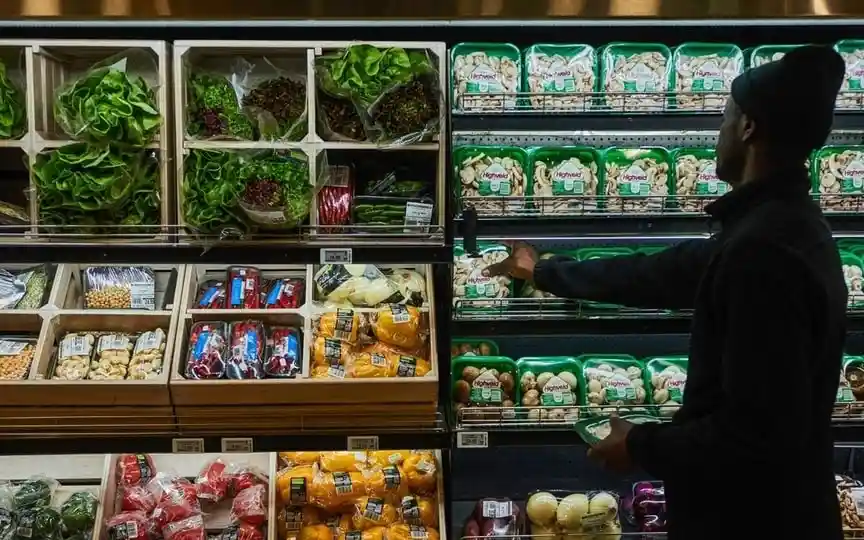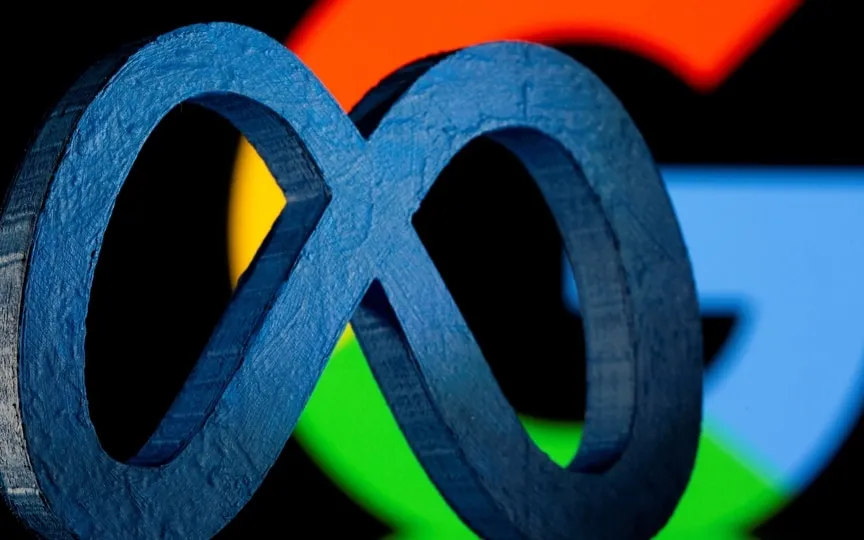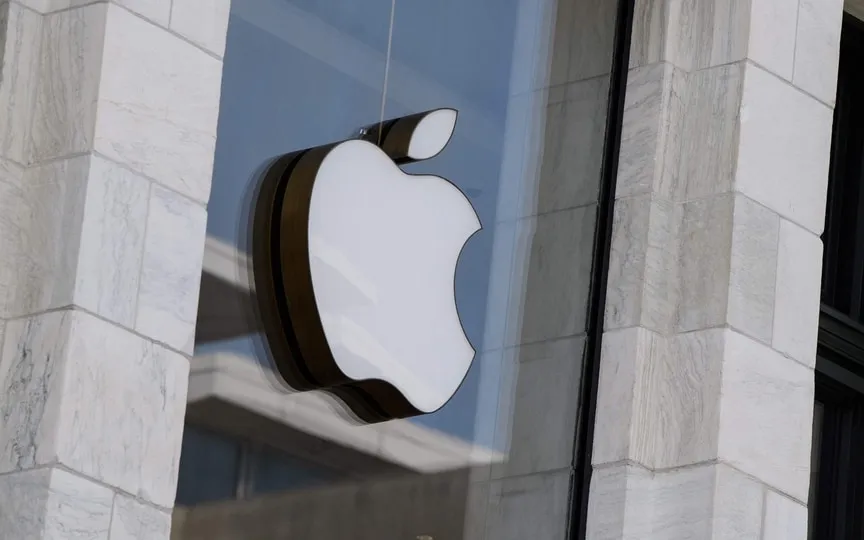Supermarkets utilize AI to sell near-expired goods on the Too Good To Go App, reducing food waste.
Too Good To Go, a Danish company that initially focused on reducing restaurant food waste, is now targeting supermarkets’ potential revenue loss from selling soon-to-expire products. The company is introducing an artificial intelligence-powered solution to assist supermarkets in managing expiration dates, which is a significant challenge in reducing retail food waste. The global rollout of this solution will begin with SPAR, an international supermarket chain.
“Every day in grocery stores, staff go around and manually go through all the different products to check if something is about to expire,” TGTG CEO Mette Lykke said in an interview with Bloomberg Green. Lykke described this as a time-consuming process that is prone to error: short-lived products are often discovered too late, and sales incentives leave potential revenue on the table, he said.
TGTG’s software takes into account customer behavior, seasonality and other factors to estimate how likely it is that a product will be sold in the store at any given time, and then suggests a discount rate as the product’s expiration date approaches. The tool also helps employees track expiration dates so that staff only need to manually check 1 to 7 percent of products, Lykke said. And it lets you know when food can be donated or sold at a steep discount through an app called Too Good To Go.
The company tested its new tool with a French supermarket chain, where large grocery stores have been prohibited since 2016 from throwing away unused food that could be donated. The grocer, which TGTG did not name, had discounted its cheeses by 50% nationwide when they arrived within two days of their expiration date. Now the store has different discounts depending on the region and season. For example, in Normandy, people buy more Camembert in the summer; In the Alps, Swiss cheese sells easily on cold winter days, when raclette (a local dish) is on the menu in many homes.
Inflation increases the demand for cheaper short-term products, said Jorgen Dejgaard Jensen, a professor at the University of Copenhagen who studies the economics of food waste. Supermarkets are also increasingly focusing on using discounts and promotions near expired products to limit food waste and strengthen their bottom line.
“If supermarkets don’t have to use too many resources to sell food at a discount, it’s a better business for them,” Jensen said, although he noted the risk of nearly expired food ending up in the trash at home.
Regardless of where it is thrown away, food waste has an impact on the environment. According to UN estimates, around 30% of food produced for consumption is wasted worldwide, which accounts for 8–10% of greenhouse gas emissions. Food waste can also cut income: Food moved to the trash bin costs supermarkets about 1.6% of turnover on average, according to the European Retail Institute. This is a significant haircut in an industry known for low profit margins.
“Of course, it’s a bad user experience if you buy something that’s past its expiration date,” Lykke said. “But the economic effects of food waste on supermarkets are also quite significant.”
Since late 2015, Too Good To Go has tackled food waste through its app, which connects consumers in the US, Canada and 15 European countries with restaurants, bakeries and grocers willing to dispose of unsold food. (Grocery is now its biggest partner segment.) The app’s 85 million users can buy a “surprise bag” from brands like Starbucks, Pret A Manger and Carrefour for about $5 to $10, about a third of what the contents would otherwise cost. TGTG recently launched a limited edition ‘magic pack’ sold directly from manufacturers such as Unilever.
Yet much of the world’s $1 trillion food waste problem occurs at home. In the US and Europe, households are responsible for more than half of the food wasted. Use-by dates play a role here, too: Many people confuse use-by dates, which indicate when food is no longer safe to eat, with best-before labels, which indicate optimal quality.
“Consumers confuse them,” Lykke said. “Just to be on the safe side, they throw the product away when it arrives on the given date.” Regulators could do more to clarify what those labels mean, he said.
Also read these top stories of today:
Apple Vision Pro and the future: Apple is already planning future workplace applications for the device, including using it for surgery, repairing airplanes and teaching students. Know what the gadget is ready to do here. If you enjoyed reading this article, please share it with your friends and family.
Cyber-skulduggery is becoming a problem of modern life. In 2022-2023, almost 94,000 cybercrimes were reported in Australia, a 23% increase on the previous year.
Here you can protect yourself.




